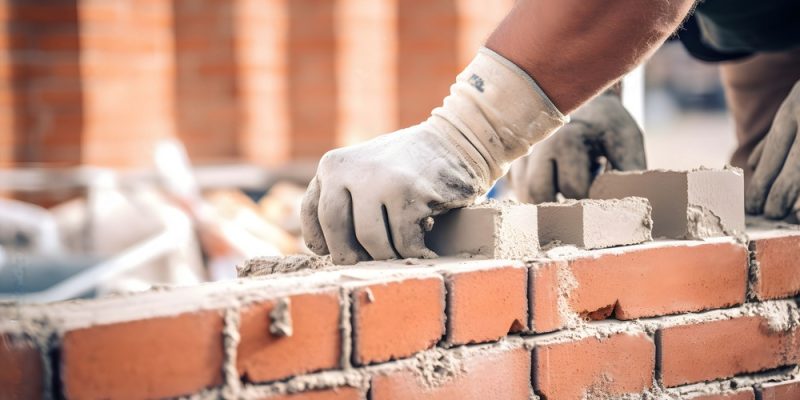Masonry materials are essential components in construction, offering both structural integrity and aesthetic appeal. Understanding the different types of masonry services and their specific uses can help you make informed decisions for your building projects. Here’s a comprehensive guide to the most common masonry materials and their applications.
1. Bricks
Types of Bricks
- Clay Bricks: Traditional and commonly used, available in a variety of colors and textures.
- Concrete Bricks: Made from concrete, offering strength and durability.
- Sand Lime Bricks: Made from a mixture of sand, lime, and water, known for their smooth finish.
Uses of Bricks
- Residential Construction: Used for building walls, fireplaces, and chimneys.
- Commercial Buildings: Commonly used for facades and load-bearing walls.
- Landscaping: Ideal for garden walls, walkways, and patios.
2. Stone
Types of Stone
- Granite: Extremely durable and resistant to weathering.
- Limestone: Softer than granite, offering a classic look.
- Marble: Known for its luxurious appearance and used in high-end applications.
- Sandstone: Easily workable and available in a range of colors.
Uses of Stone
- Structural Applications: Used in foundations, retaining walls, and columns.
- Decorative Elements: Ideal for facades, flooring, and countertops.
- Landscaping: Popular for garden features, stepping stones, and edging.
3. Concrete Blocks
Types of Concrete Blocks
- Hollow Concrete Blocks: Lightweight and provide good insulation.
- Solid Concrete Blocks: Heavy and used for load-bearing structures.
- Aerated Concrete Blocks: Made with air pockets, offering excellent thermal insulation.
Uses of Concrete Blocks
- Building Foundations: Provide strength and stability.
- Walls: Both load-bearing and non-load-bearing walls in residential and commercial buildings.
- Retaining Walls: Used in landscaping to hold back soil and create level areas.
4. Veneer Masonry
Types of Veneer Masonry
- Brick Veneer: Thin brick pieces attached to a structural wall.
- Stone Veneer: Thin slices of natural stone or manufactured stone.
Uses of Veneer Masonry
- Exterior Cladding: Enhances the appearance of buildings without adding significant weight.
- Interior Features: Used for accent walls, fireplaces, and backsplashes.
5. Glass Blocks
Types of Glass Blocks
- Clear Glass Blocks: Allow light to pass through while providing privacy.
- Frosted Glass Blocks: Diffuse light for added privacy.
- Colored Glass Blocks: Used for decorative purposes.
Uses of Glass Blocks
- Partitions: Create light-transmitting walls in interiors.
- Exterior Walls: Often used in bathrooms and stairwells to provide natural light.
- Decorative Features: Ideal for adding unique design elements to buildings.
6. Adobe
Characteristics of Adobe
- Composition: Made from a mixture of clay, sand, straw, and water.
- Sustainability: Eco-friendly and sustainable building material.
Uses of Adobe
- Residential Construction: Common in hot, dry climates for building homes and structures.
- Historical Buildings: Often used in restoration projects to maintain architectural integrity.
- Energy Efficiency: Provides natural insulation, keeping interiors cool in summer and warm in winter.
Conclusion
Understanding the various types of masonry materials and their uses can significantly impact the success of your construction projects. Each material offers unique benefits, whether you prioritize durability, aesthetics, or sustainability. By selecting the appropriate masonry material, you can ensure that your building not only meets functional requirements but also enhances its overall appeal.
Contact Us
Call Us: 443 551 0006
Website: www.usabuildersanddevelopers.com
Address: 2144 Priest Bridge Court, Suite 8, Crofton, MD 21114, USA

